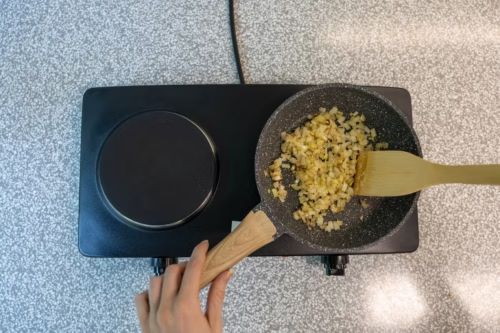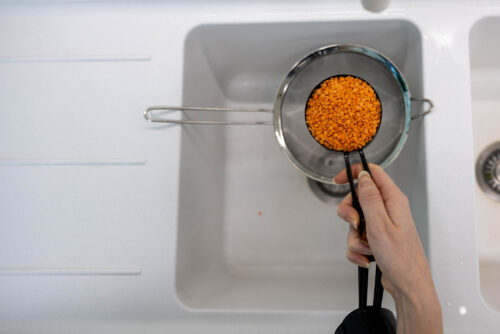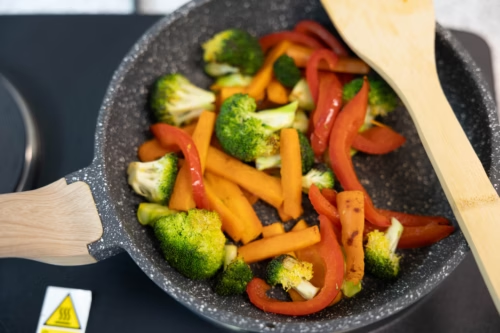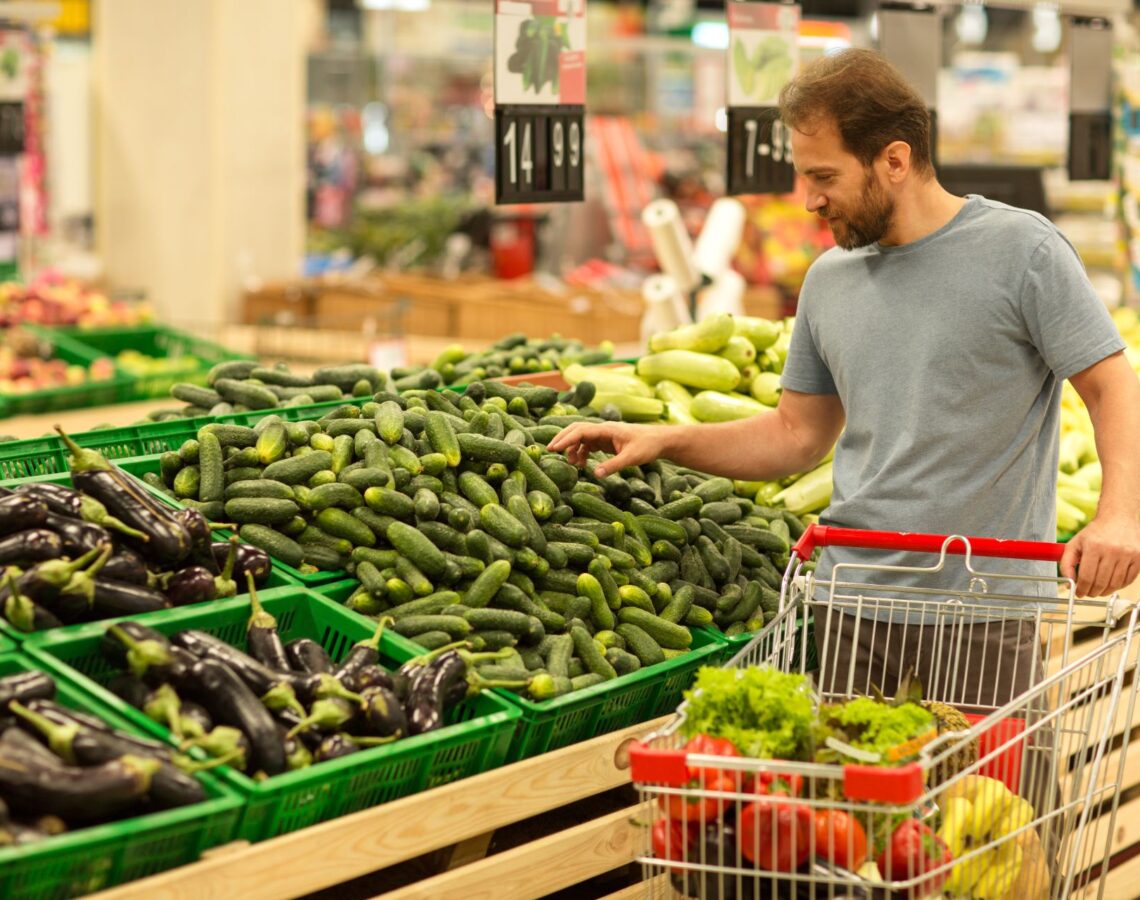How to store and use veggies
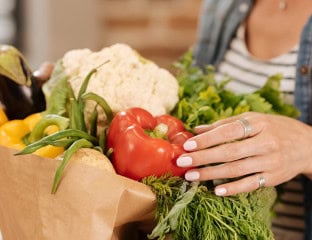
When you’re trying to cook a healthy meal, knowing what veggies are in your fridge, freezer and cupboards can really help your planning. Using all the produce you have purchased is good for your wallet and will help to limit your food waste at the end of the week. With that in mind, here’s a simple guide to planning your week to ensure your veggies last.
If you’re looking for a little bit of cooking inspiration, follow this link and search for recipes that contain the ingredients in your fridge.
Method
Step 1 : 1 - 2 days after your shop
Because salad greens have a relatively short fridge-life, the beginning of the week is the perfect time to opt for salads. Other foods you should eat quickly include:
- Asparagus
- Cucumber
- Zucchini
- Snow peas
Step 2 : 3 - 5 days after your shop
This is a good time to opt for traditional lean meat and three veg, as well as stir-fries. Some green leafy veggies, such as broccoli, should still be going strong. Other options include:
- Green beans
- Kale
- Capsicum
- Celery
- Brussel sprouts
- Eggplant
- Squash
Step 3 : 5 - 7 days after you shop
The end of the week is a great time to capitalise on veggies with a long shelf life: meals such as roasts, slices, hot pots, slow cookers, curries, soups and stews are all perfect. Options include:
- Onions
- Carrots
- Cauliflower
- Potatoes
- Pumpkin
- Leeks
- Beetroot
- Parsnips
- Red cabbage
Step 4 : More than a week after you shop
Towards the end of the week, canned beans and legumes can be a great meal base, and tinned tomatoes are a good choice for pasta sauces. Another smart option is using frozen veggies.
- Canned pulses, beans and legumes (thoroughly washed to remove the sugary or salty syrup, can be useful for meat-free meals)
- Peas and other frozen veggies
- Canned tomatoes


